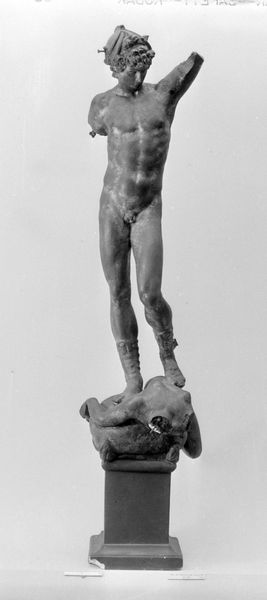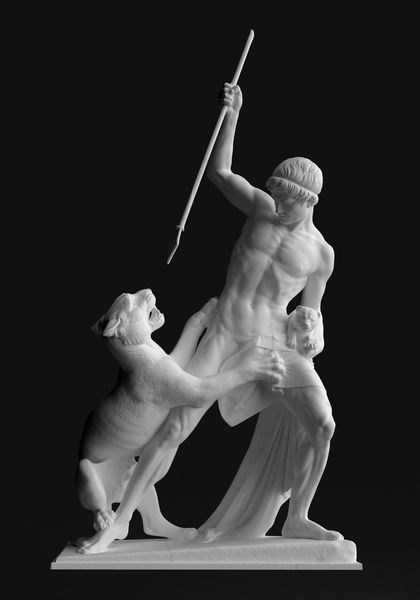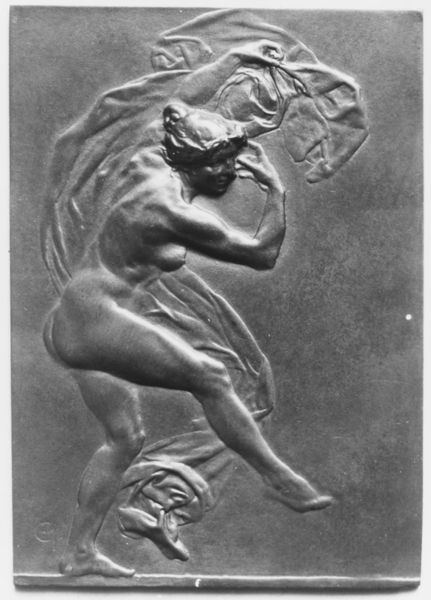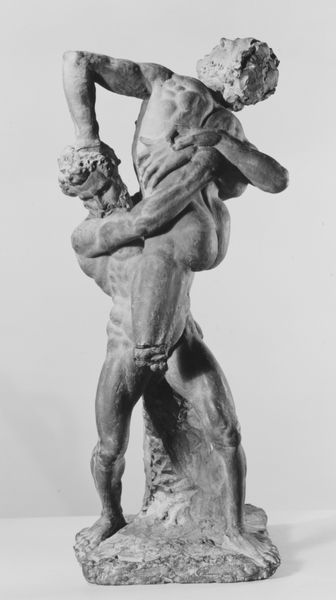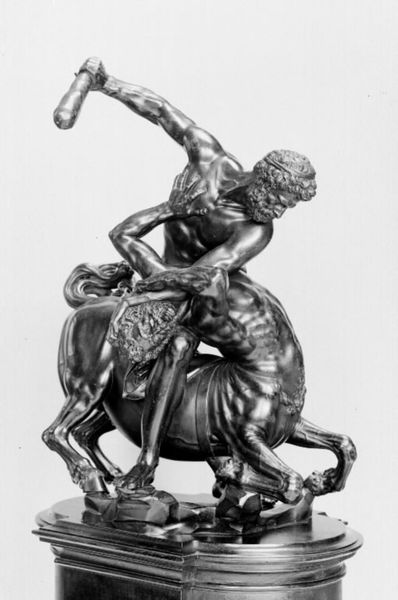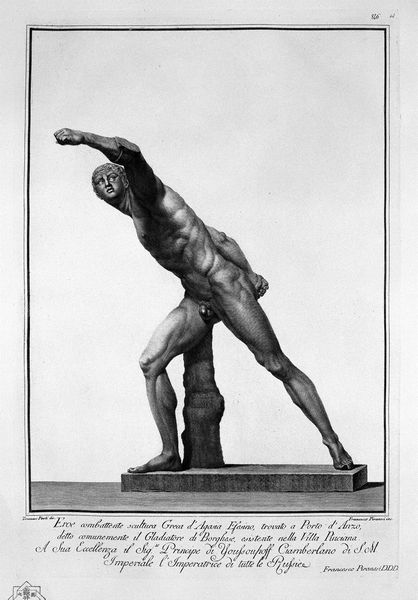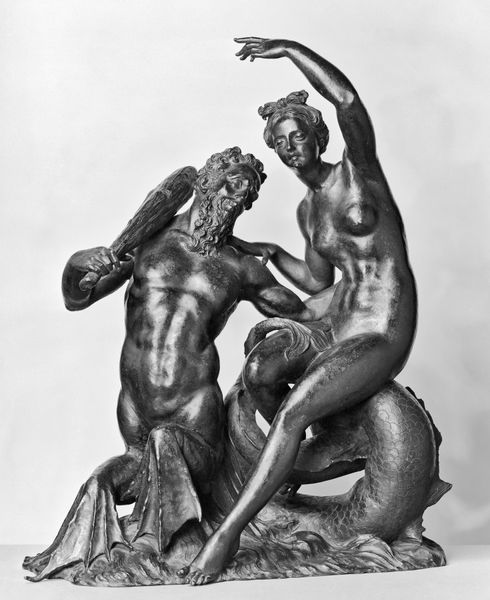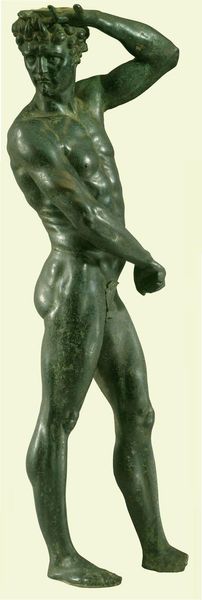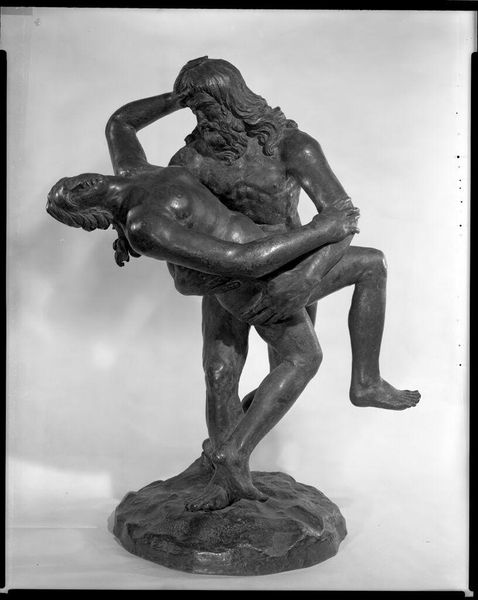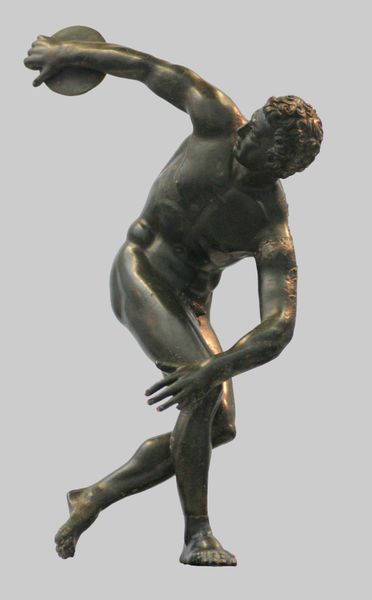
sculpture, marble
#
portrait
#
neoclacissism
#
sculpture
#
figuration
#
sculpture
#
history-painting
#
marble
#
nude
Copyright: Public domain
Antonio Canova carved this sculpture of Hercules and Lichas in the late 18th century out of marble, a stone prized since antiquity for its beauty and workability. Look closely at the smoothly polished surfaces, which evoke flesh, versus the roughly hewn base. This contrast highlights Canova's virtuosity, and the labor involved. Consider the physical effort required to extract marble from the earth, transport it, and then sculpt it. Canova didn’t do all this himself, of course. He was the head of a workshop, employing skilled artisans to assist him in the process. That’s typical of marble carving, where the final polish is often applied by specialists. This division of labor reflected the economics of art production at the time, where Canova was the creative genius, and his assistants were responsible for the more rote aspects of the process. Yet they, too, brought invaluable knowledge and skill to bear. Ultimately, Canova's sculpture reminds us that all art making is, to some extent, a collaborative endeavor, embedded in a complex social and economic context.
Comments
No comments
Be the first to comment and join the conversation on the ultimate creative platform.

